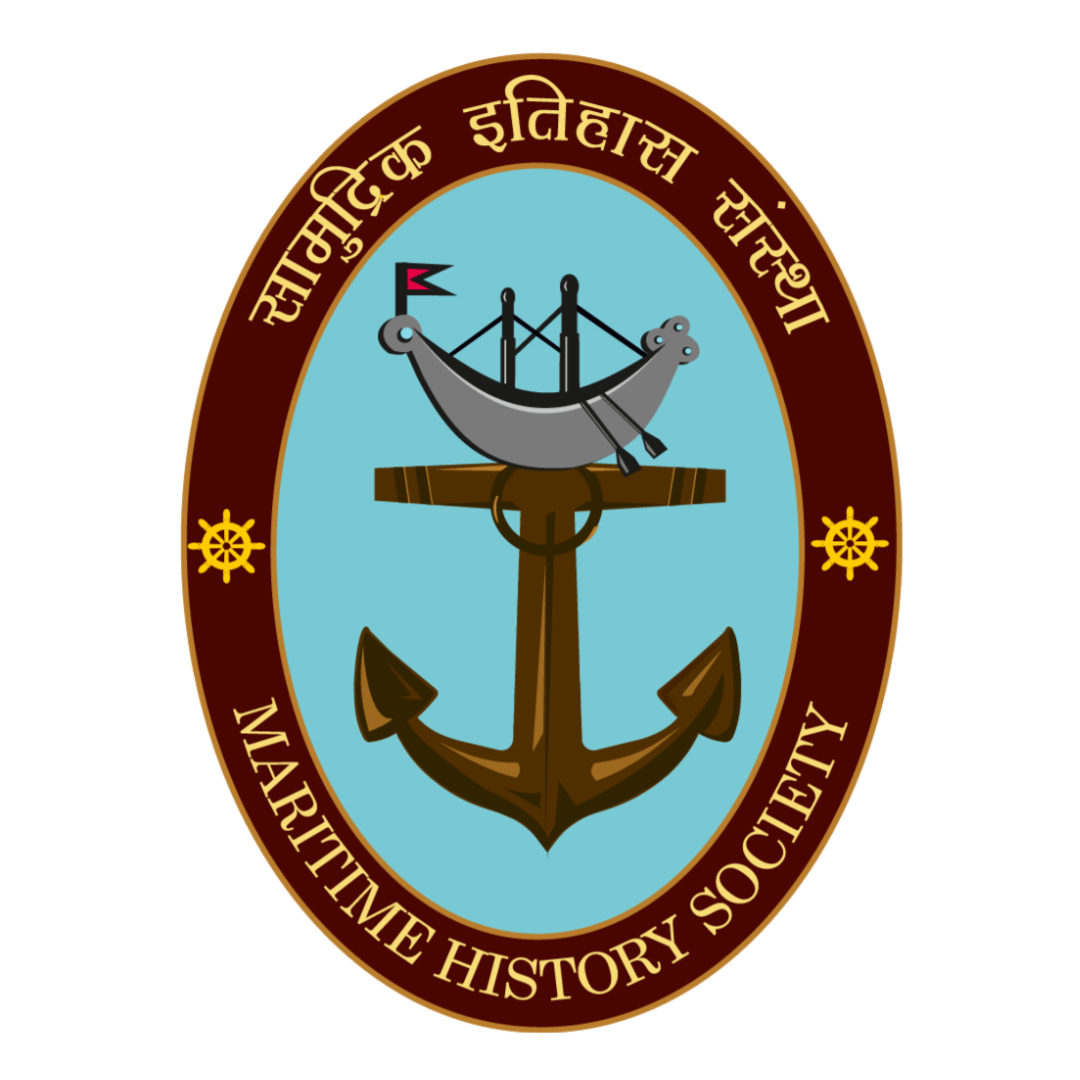By Aishwarya Vivek Devasthali, Research Associate,Maritime History Society
“What’s in a name? that which we call a rose
By any other name would smell as sweet.”
― William Shakespeare, Romeo and Juliet
This is a very well-known quote by Shakespeare, and is much talked about. Can anyone imagine what a mess it would be in a world if no one had a name?So, obviously and firstly, one has to get a name in order to distinguish between each other so that our world could be more orderly. Names are much more than a bunch of letters grouped together to sound pleasant. They are more than a convenience allowing people to talk to each other. They give things meaning. They bring meaning. They have significance. They define something.
The logic behind naming anything applies to each and every field ranging from chemistry to palynology, botany to zoology and even naming cyclones and storms becomes a subject of interest for everyone. Naming any such thing also invites a controversy. Naming or re-naming villages, monuments and cities, stations are currently a topic for hot discussions, and Archaeology remains no exception when it comes to such discussions.
Usually, in archaeology, a ‘type site’ is a site that is considered to be the model of a particular archaeological culture. A type site contains, in an assemblage, artefacts that are typical of that culture. Type sites are often the first or foundational site discovered about the culture they represent. The use of this term is therefore similar to that of the specimen type in biology. For example, Indus Valley Civilisation was also known as Harappan civilisation as Harappa was the first site discovered. Later, all sites bearing material evidences similar to Harappa are claimed as Harappan sites, or tagged under Harappan culture. Indus Valley Civilisation, as a result, became well known by various names such as Sindhu Civilisation, Harappan Civilisation, First Urbanisation, Meluha etc. Very recently, the usage of the word “Sindhu Saraswati” for the Harappan civilisation has rattled many, and created a lot of political, scholarly debate over it. However, as suggested above, name defines, and becomes an identity in itself.
As the latest research on the presence of the Saraswati river shows, the nomenclature “Sindhu Saraswati” is backed by serious evidence, further bolstered by the latest research on the existence of a mighty river Saraswati as described in the Rig Veda.
The first site of the civilisation was discovered in Harappa in the present-day Pakistan, and led to the initial digs being focused on the Indus Valley in Pakistan. However, after the Partition in 1947, things became a concern for India, as there was not a single Harappan site in India studied. Explorations and excavations were initiated on a large scale and a lot of Harappan sites were discovered gradually. However, as the exploration increased, it became clear that a significant number of the sites were present in the Saraswati valley and eastwards. The occurrence of a large number of Harappan settlements along the banks of the Ghaggar (Saraswati in India) -Hakra (Saraswati in Pakistan), which had remained a seasonal river for most part of its historical existence, baffled archaeologists since the 1950s. Interestingly, the Ghaggar-Hakra river-system also shared identical geographic position with the legendary glacier-fed river Saraswati mentioned in some of the ancient Indian scriptures like the Rig-Veda and the Mahabharata.
Changing climate is considered the primary cause for the deurbanization of the Harappans, and competing hypotheses consider disorganization of the Ghaggar-Hakra channels are considered responsible for the end of the civilization. Almost one-third of the Mature Phase Harappan sites are located in the Saraswati basin, and one-fourth in modern day Gujarat. These two regions together hold 60 per cent of the all the Mature sites. Thus, it can be concluded that since the civilisation extended much beyond the Indus Valley in the east, it should be rightly called the Indus-Saraswati Civilisation. This is how a name matters!



0 Comments